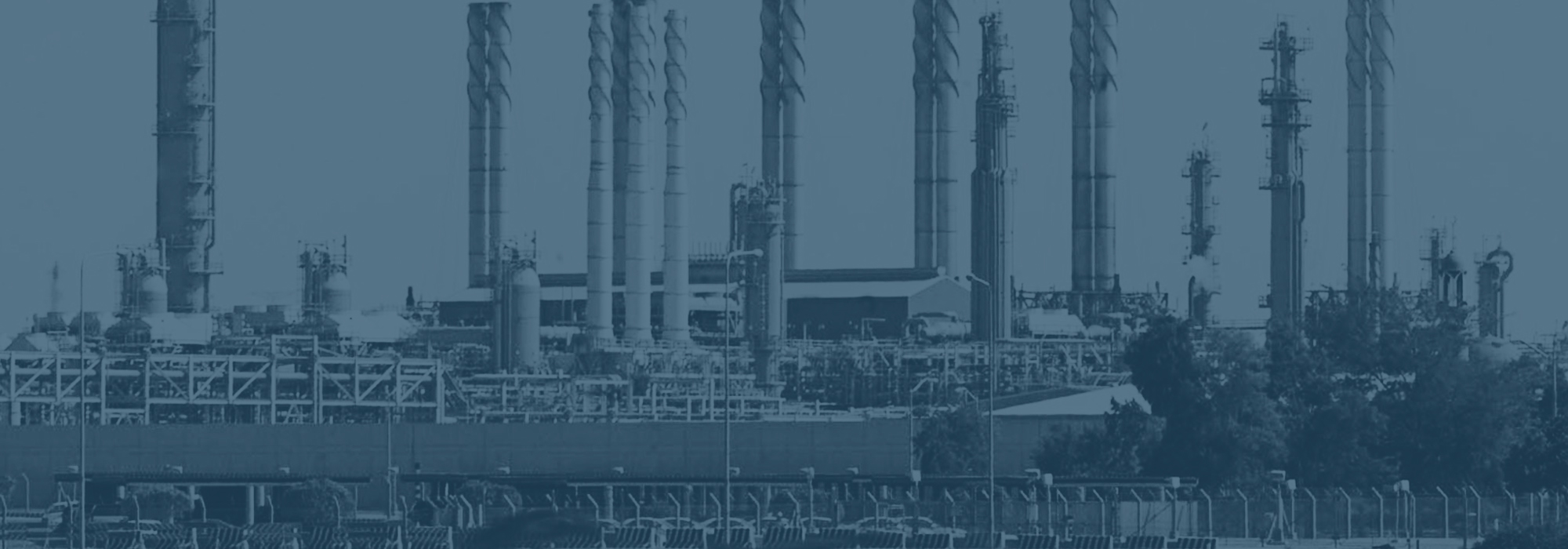By George Friedman
On March 1, CNN Money ran this headline: “Is the Oil Crash Over? Prices soar 32% in 12 days.” The headline was far more staggering than the article, which laid out the issue fairly clearly. It does, however, give us a sense of the impact that headline writers can have on our perception of reality. CNN Money is widely read and a lot of people may have seen that headline without reading the article. They could easily come away with the view that the price of oil has suddenly soared and that the oil crash might be over. Given that’s what the headline said, I’d guess that this is what happened.
As the article itself says, oil prices fell to $26.05 on Feb. 11. They then rose to $34.40 a barrel. Now, the article does state that this is an incredible surge for only 12 days. The other way to look at it is that after reaching $100 a barrel and plunging by about $75, oil prices have recovered by about $8. But a headline that reads “Oil Prices Gain $8 After a $75 Decline” would be far less astounding. And also more accurate in spirit, since oil prices remain at calamitously low levels.
I guess it depends on who you are. If you were involved in the business of selling oil a year ago, the situation is still the same: disastrous. If you were long in the oil market, then you lost everything long ago and you don’t want to hear about oil prices. But if you are entering the market now, and you bought futures 12 days ago, you made an incredible amount of money. And that’s great. But it has little to do with the real world.
In the real world, oil has lost 75 percent of its value, and in two weeks recovered a very small part of that. Now the question the article raises is whether we have reached the bottom. The answer is that it could be the bottom, since prices just don’t have that much more room to fall. And even if this is the bottom, the real question is how much will the price recover. For people staring at Bloomberg all day, the rise to $34.40 may well have been astounding. But it if it stays at this level, the broader situation remains disastrous.
We’ve written a great deal about the export crisis and how it is affecting not just oil but all mineral producers. Nations are eating into their reserve funds, businesses are at or near bankruptcy and standards of living in many oil producing countries are plummeting. For them, the fact is that the oil markets only went up $8 and that doesn’t come close to solving the problem.
The problem is two-fold and involves two illusions. The first is the China illusion, the long-held belief by the markets that the Chinese slowdown was only a phase, and that China would again be selling large quantities of goods to Walmart and buying raw materials to satisfy the need. Given the state of Walmart and the Western economies, I don’t know why anyone thought that demand would increase for Chinese goods – already more expensive than goods manufactured elsewhere. Part of the reason was headlines, still talking about how China is about to overtake the United States and own the world.
The other illusion was that it was possible to boost oil production without crushing the price. When oil was at $100 a barrel, wells that weren’t profitable at $80 a barrel could be put into production, and complex and very expensive new technologies were economically viable. Some people recognized that having prices at $100 a barrel was squeezing new oil into the market, and therefore, prices had to fall. But many did not pay attention to that because of headlines about shale, rejuvenating oil wells and amazing new pipelines. These headlines did not mention that, with all this oil coming online, the price would probably tank. But that’s because the headline writer was reading headlines on the eternal rise of China and believed the Chinese economy could sustain the increasing oil supply.
In the end, supply and demand is ruthless. Many traders try to pick the perfect timing for buying and selling based on supply and demand. I tend to call these people “poor.” They know how to judge the shifts in supply and demand and they are betting on when other people will recognize these shifts too. It seems to me that, if you are a commodities trader, you need to stay on the right side of supply and demand. But that’s easy to say.
But there are two groups who can’t get out of the way of the shifts in supply and demand. The first is the companies with substantial capital investments in the oil industry, which are already committed to the supply side of the equation. The second and more important group consists of the countries that are producing the oil, particularly those that have little else to sell. The ones who pay the price for this sort of economy are the masses who suddenly see their lives damaged. Sadly, these same people rarely benefitted from the rise, or at least not enough to compensate for the fall.
Whether we are at the bottom is the wrong question for most people. The right question is: will the price rise high enough and quickly enough to avoid a disaster? And the number they need to avoid disaster is not a 30-percent rise from the bottom. For most people, the difference between $25 oil and $15 oil is trivial; they will drown at either price. They need to calculate the price at which their countries can recover from the fall and, if they can’t recover, how much time they have before chaos erupts.
When you consider this, you realize that it is unlikely we have reached the bottom. Producers care about prices but only because they want to generate a certain amount of revenue. If the price doesn’t rise, the only way to increase revenue is to increase sales. In many cases, the wells and equipment purchased when oil prices were high are both sunk costs – lost forever – while the ability to increase production is already built in. There is talk of an agreement to cut production. This is like an agreement on a lifeboat to divvy up water equally. In the movies, the guy with the gun sets the rules. For OPEC and the rest, there is no enforcement and, therefore, everyone is capable of cheating.
Yes, oil has gone up a few dollars and some people made a lot of money. But the equation remains the same. Increased demand from Europe or the United States for consumer products isn’t going to surge. No one will be increasing production dramatically. So the demand is flat at best. Supply, from the technical side, may be uneconomic but it’s there. It’s like taking a payday loan. You’ll cry next month but at least you can eat next week.
The propensity is to increase production without increased consumption. The recent rise in prices can dissolve in minutes. I wonder what the headline would say if it did. The superlatives are not on the buy or sell side.








 Special Collection – The Middle East
Special Collection – The Middle East